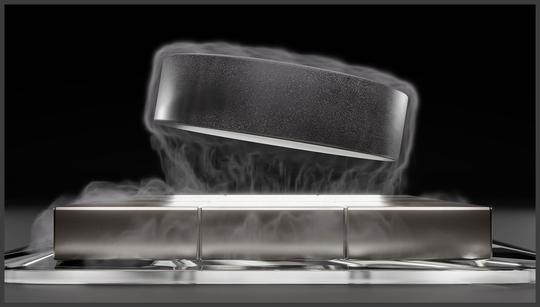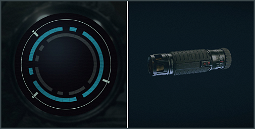A new superconductor: LK-99
A new superconductor could be on the horizon, potentially opening the door to Room-temperature, Ambient-pressure Superconductors that could change the face of the industry. Two separate sources have already confirmed the potential of the compound, named LK-99, but the full story surrounding its discovery is a scientific rollercoaster ride, complete with rogue scientists, unclear process descriptions, and now potential replication.
Superconductors are materials that conduct electricity without any losses. Their potential is immense in numerous technological applications, with the performance impact of superconducting materials in computing and other fields likely to be significant. Superconductors could improve aspects of consumer electronics, quantum computing, magnets, and more.
The newly discovered superconductor, LK-99, is a compound that was reported by Chinese researchers in March. The initial report claimed that LK-99 was a superconductor at room temperature at ambient pressure, which would make it a groundbreaking discovery.
The report was met with scepticism from other researchers, who claimed that the material’s superconducting claims could not be replicated. The entire story is now the subject of a Nature Materials piece, with the author ultimately siding with the initial claims made about LK-99.
The validation process is ongoing, with various scientists claiming that the material is either a superconductor or not. Researcher Sinéad Griffin from Lawrence Berkeley National Lab confirmed the superconductivity claims of LK-99 through simulations, revealing that superconducting pathways form in specific areas of the compound.
“The simulations show that the material’s structure allows the superconducting pathways to form in specific areas, which the researchers believe is why they were able to observe the Meissner effect,” Griffin says.
The manufacturing process of LK-99 results in relatively low quantities of the material due to stability at low-energy states, while Chinese researchers claim to have successfully replicated the superconductor’s manufacturing process.
In a video posted by the Chinese researchers, the Meissner effect can be seen, with the material appearing to levitate above a magnet due to the expulsion of magnetic field lines. The Meissner effect is the manifestation of superconductivity, confirming the material’s superconducting capabilities.
The entire story surrounding LK-99 is rapidly evolving, with numerous scientists involved on both sides of the superconductor fence. Griffin claims that her simulations “validate” LK-99 as a superconductor, while other researchers are still seeking validation.
The entire validation process is ongoing, with a definite announcement regarding room-temperature, ambient-pressure superconductors to be awaited with bated breath. Once confirmed, there are still numerous physics barriers to overcome in the field of superconductivity, with LK-99 potentially a stepping stone to the next generation of superconducting materials.
Check out our superconductor content for more on this potentially game-changing material.















